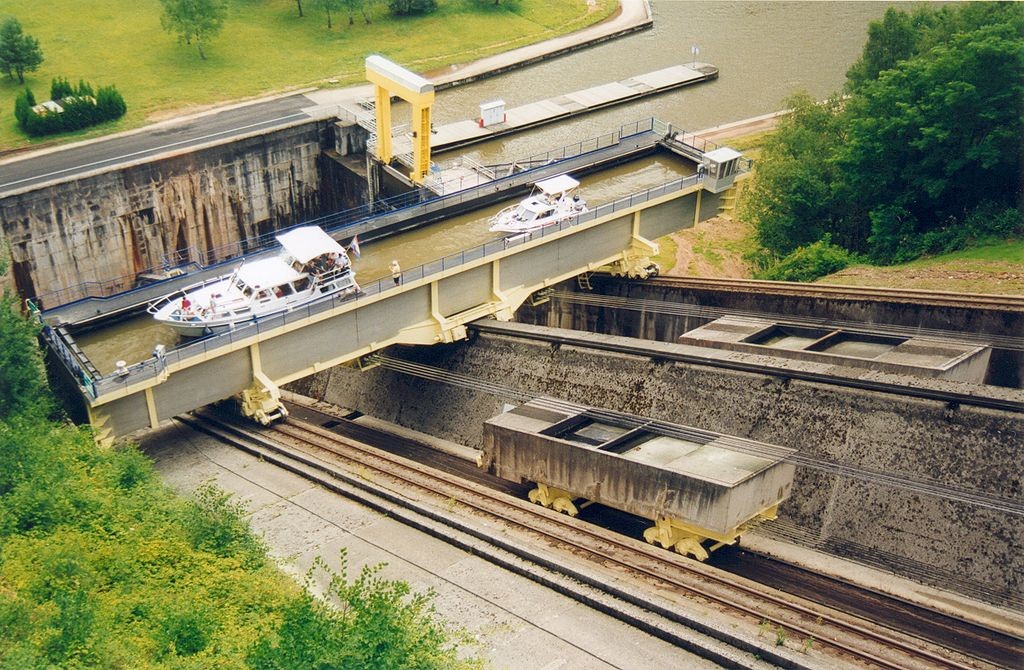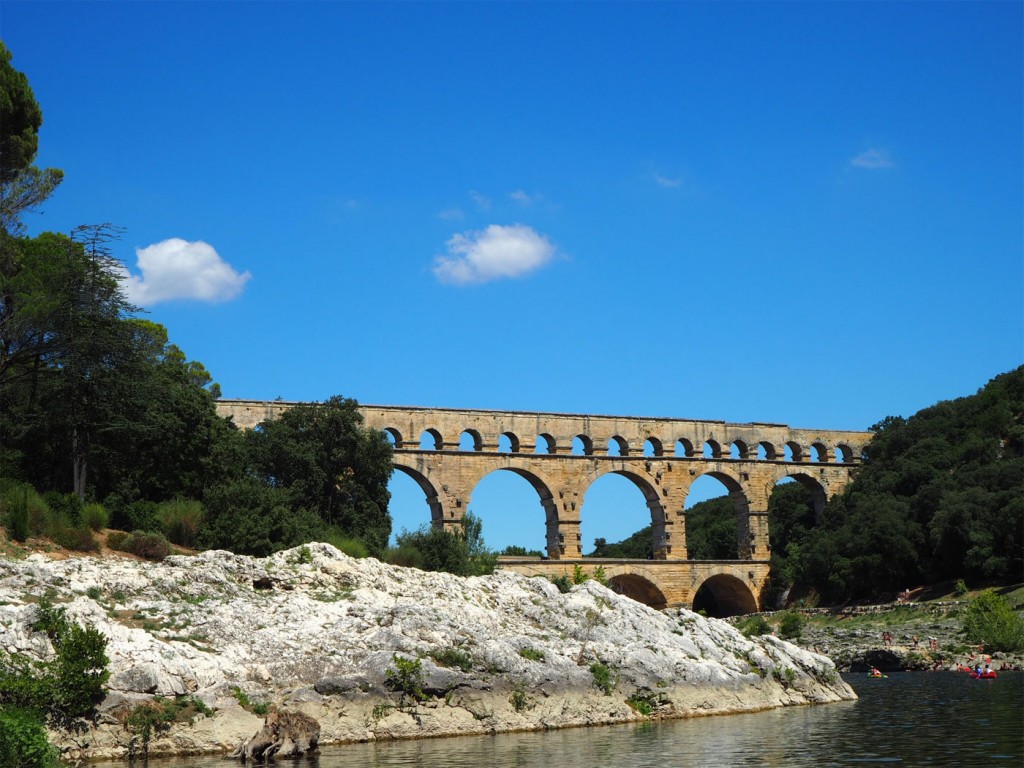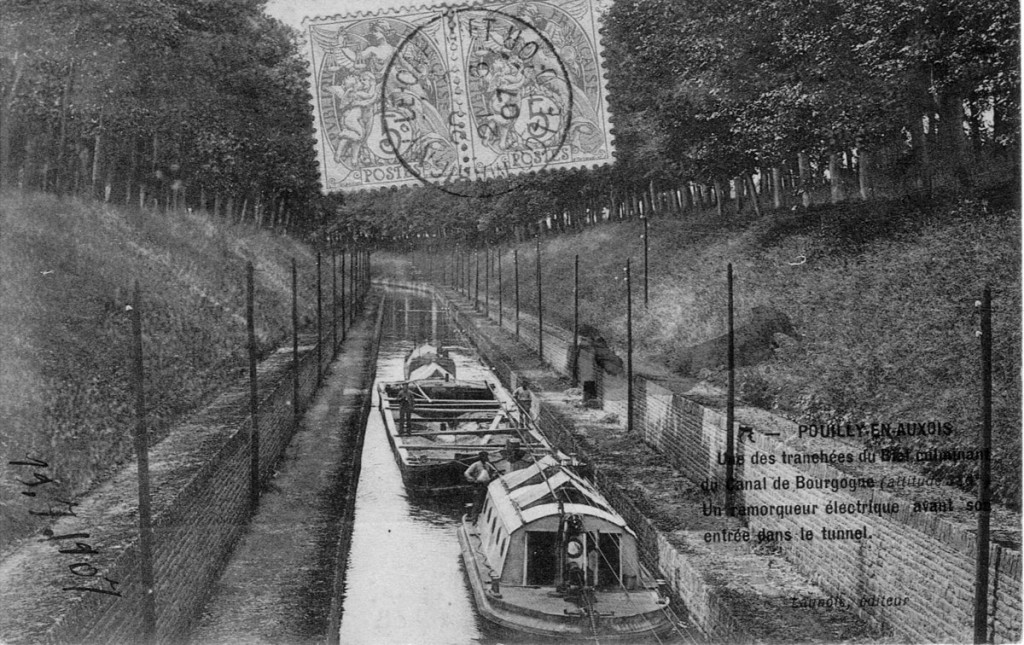Welcome to our guide to some of the engineering feats enabling smooth navigation.
Canal locks

Thanks to a system of locks, the canals can travel uphill and down dale with relative ease. Whether a change of 30 cm on a canal in Brittany or 6 meters on the river Saone in Burgundy, the locks work on the same system.
All canals are divided into pounds, a stretch of water between two locks.
Each pound has a lock at either end… As a boat enters the lock, the gates are closed behind the boat. Now in the pound, the level of water can either be raised by introducing more water or lowered by releasing water, via the sluice gates with the lock gate itself.
The locks on rivers are often very impressive.
These locks were built to control the level and flow of the water.
Where an obstruction is present or there is a risk of flooding, a dam is built to raise the water level so that boats can pass, and with the creation of this artificial level, a lock is then needed to allow boats to move either up or down.
In particularly hilly regions, successive locks forming a staircase can be seen.
The most famous are to be found at Rogny-les-Sept-Ecluses, replaced in 1887 but still visible by the “Laterale Canal” in the Loire region, and at Fonserannes on the Midi Canal, still in use to this day.
The oval-shaped chambers in the Fonserannes locks were built by two illiterate brothers, Michel and Pierre Medailhes, and their shape ensures the solidity of this impressive lock staircase. The builders may have been illiterate, but their engineering understanding is clear.
Canal Lifts
So how about a mountain blocking the way?

In the first 100 years of working life on the Marne- Rhine canal, many hours were spent going through the series of 17 locks in the space of just 4kms, to circumnavigate the foothills of the Vosges Mountains, in the Alsace region.
One can only imagine the exhaustion of the horses pulling the barges, later replaced by tractors, not forgetting the painful muscles at the end of such an epic day for those winding the lock gates.
In 1969, the world-famous Arzviller lift was inaugurated, replacing this arduous part of the journey. A caisson now effectively lifts a portion of the canal up the hillside, and the journey time is reduced to just 4 minutes!
Operating on Archimedes’ principle of displacement, the impressive lift engines are only used to control the speed of the lift and require relatively little power.
The visitors’ centre at the lift provides an interesting insight into this incredible feat and allows you to see the workings of the lift close-up.
AQUEDUCTS

One of the most famous aqueducts in the world can be found close to Nimes, in the south of France. Built in 1AD by the Romans, the Pont du Gard was designed to ensure a water supply to Nimes.
A UNESCO heritage site, the 488m tall bridge is one of France’s most visited monuments. Although it no longer carries water or vehicles across its three levels, it should be on your bucket list!
Centuries later, the canal builders adopted the engineering principles of the Romans to build aqueducts, enabling a relatively straight course for canals when crossing steep ravines, valleys and rivers. The most picturesque can be crossed by boat at Briare.
While we think of Gustav Eiffel as being the man behind the tower in Paris, he was a major force in the building of the Briare aqueduct, which carries the canal above the river Loire.
For many, crossing this beautiful bridge by boat is a truly memorable occasion, and deserves a toast of champagne!
TUNNELS

There are few tunnels of any real length in France, but those that exist are impressive.
At Pouilly en Auxois, in Burgundy, the tunnel measures an incredible 3333 meters long and passes below the length of the town.
The original journey through the tunnel took 10 hours, so steam tugs were introduced, replaced in 1893 by an electric one.
In the south of France, the Malpas tunnel underneath the hill d’Enseurume, an ancient site, dates from 1679 and was the first canal tunnel in history.
Riquet, the chief architect of the Canal du Midi, chose to dig the 165m tunnel, lining its roof with concrete having been worn off the risk of collapse, and did so in just 8 days, having persuaded his men to work in secret!
Is it for me?
Whether you choose to pilot your own boat on a self-drive boating holiday, or to relax aboard a hotel barge, you can discover all this and more on the French waterways in 2016.
A cruise in France can be a really fun holiday with time to relax, the chance to slow down and to step back in time, but also to see these wonderful engineering feats at first-hand.
NOW is a great time to begin planning your cruise:
Benefit from our special offers on both self-drive and hotel barge holidays
Receive an extra 5% when confirming your cruise by November 20th!
FREE Waterways Guide when booking with Hotels Afloat: The perfect companion to planning your holiday
For further details and to book your 2016 holiday
Simply email us
or call +33 614 250 200 to speak to one of the Hotels Afloat team.
We’ll be very pleased to help you plan your cruise.